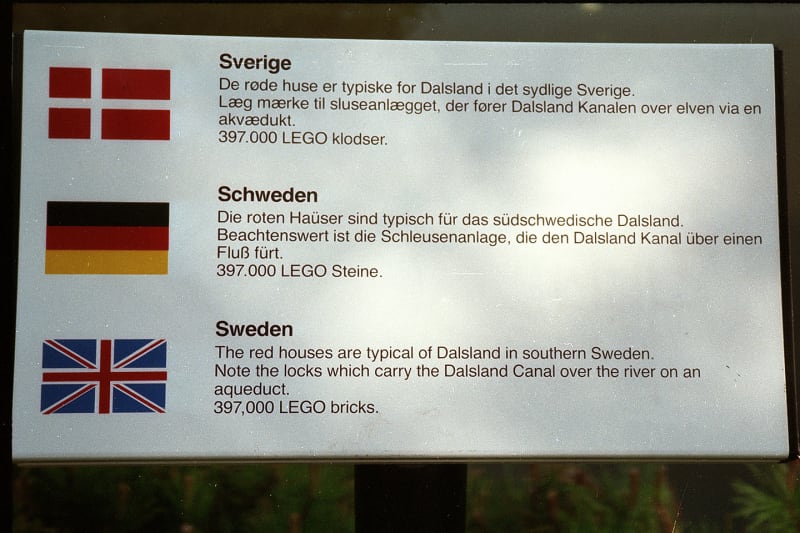I have a hunch: Until a few decades ago, engineers would do their design, then in many cases the foremen or other skilled crafts persons on the shop floor would figure out what jigs to build etc. to manufacture something efficiently. Anecdotally this is confirmed by stories from one of my grandparents who was a master machinist/turner.
Then, with the arrival of CN machining going on to current robotics, the relative importance of master craftsmen (well, mostly men) etc. in the manufacturing waned, more of the actual manufacturing process was designed off the shop floor.
My question is if this hunch is basically or at least somehwat correct?
Mind, I recently read one article about modern chip manufacturing: The large foundrys (the example was in Taiwan) employ armies of (mostly young women) to do all sorts of manual tasks in the clean area, working 12 hour shifts without lunch breaks, because the production runs change so fast that they can't reprogram or redesign all the robots. Another recent article I read about a solar cell manufacture made the point that the US lead in research but that the technological advantage Japan gained stemmed from actually manufacturing PV cells (for wristwatches etc. at first)- the claim is essentiall shop floor knowledge helped secure the advantage. So only a relative shift, not an absolute one.
Then, with the arrival of CN machining going on to current robotics, the relative importance of master craftsmen (well, mostly men) etc. in the manufacturing waned, more of the actual manufacturing process was designed off the shop floor.
My question is if this hunch is basically or at least somehwat correct?
Mind, I recently read one article about modern chip manufacturing: The large foundrys (the example was in Taiwan) employ armies of (mostly young women) to do all sorts of manual tasks in the clean area, working 12 hour shifts without lunch breaks, because the production runs change so fast that they can't reprogram or redesign all the robots. Another recent article I read about a solar cell manufacture made the point that the US lead in research but that the technological advantage Japan gained stemmed from actually manufacturing PV cells (for wristwatches etc. at first)- the claim is essentiall shop floor knowledge helped secure the advantage. So only a relative shift, not an absolute one.




